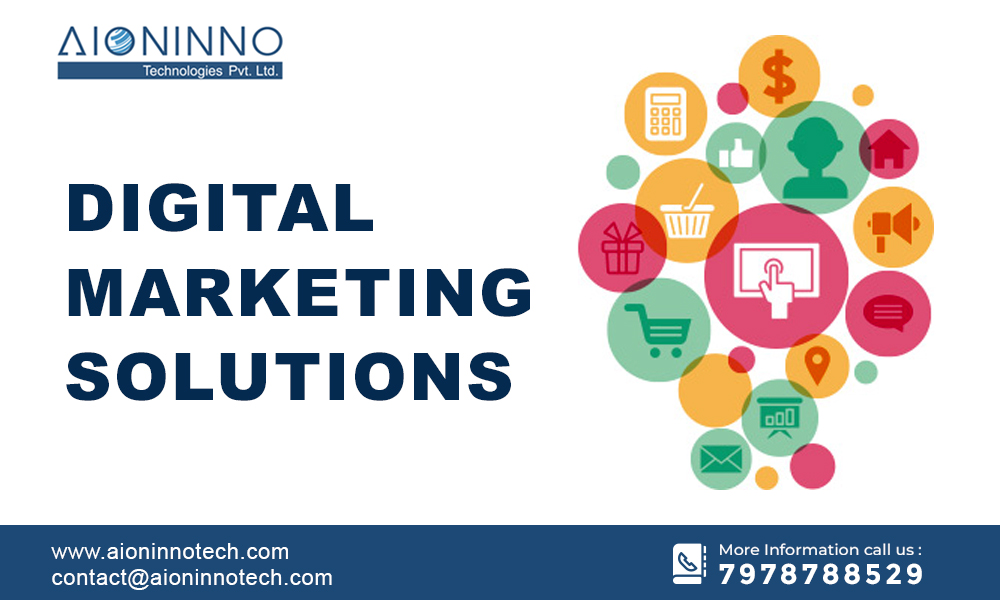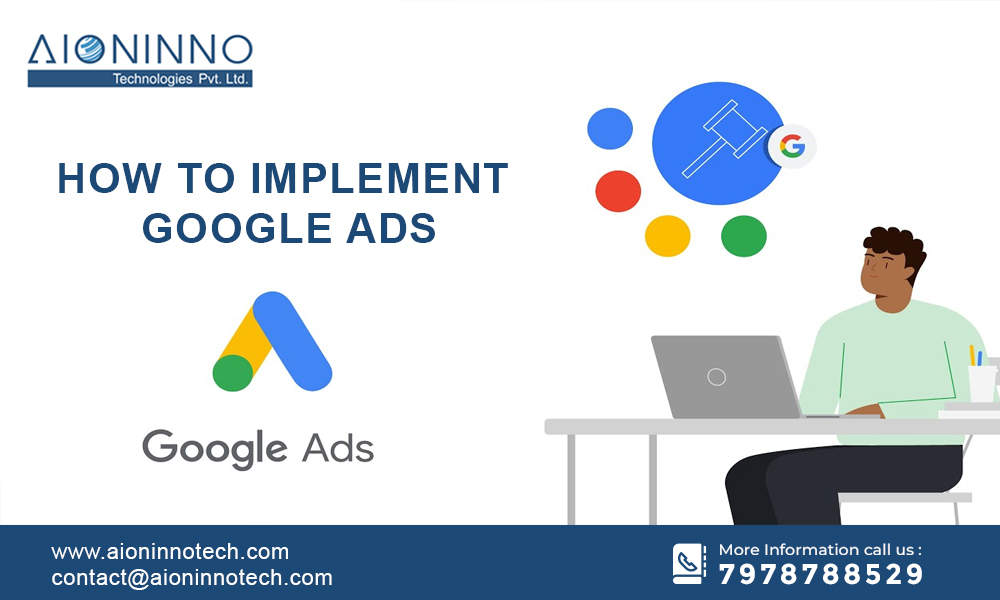Digital marketing services in Bhubaneswar
Digital marketing services in Bhubaneswar has become an increasingly important aspect of business in the modern age. One of the main advantages of digital marketing is that it allows businesses to reach a highly targeted audience in a cost-effective and measurable way. digital marketing has revolutionized the way businesses connect with their audiences. Here are some key advantages of digital marketing:
How to Develop a Digital Marketing Strategy
- Targeted Audience Reach.Digital marketing enables businesses to precisely target their audience based on demographics, interests, behaviors, and other parameters. This targeted approach increases the chances of reaching potential customers who are more likely to be interested in the products or services offered.
- Cost-Effectiveness: Compared to traditional marketing methods, digital marketing is often more cost-effective. Businesses can set their budgets and adjust their spending based on the performance of their campaigns, ensuring that they only pay for the results they want, such as clicks, impressions, or conversions.
- Measurable Results: One of the most significant advantages of digital marketing is the ability to measure results accurately. Tools like Google Analytics and various social media analytics platforms allow businesses to track the performance of their campaigns in real time. Metrics such as click-through rates (CTR), conversion rates, and return on investment (ROI) can be easily monitored and analyzed.
- Enhanced Engagement: Digital marketing allows businesses to engage with their audience through various channels such as social media, email, and content marketing. This engagement helps build stronger relationships with customers and fosters brand loyalty.
- Flexibility and Adaptability: Digital marketing campaigns can be quickly adjusted based on performance data. This flexibility allows businesses to optimize their strategies in real-time and ensure they are always moving towards their marketing goals.
- Global Reach: The internet has no geographical boundaries, allowing businesses to reach a global audience. This is particularly beneficial for businesses looking to expand their market beyond local or national borders.
- Personalization: Digital marketing enables a high level of personalization. Businesses can create personalized messages and offers based on user behavior, preferences, and previous interactions, leading to a more personalized customer experience.
- Improved Conversion Rates: With targeted marketing and the ability to track and analyze customer behavior, businesses can optimize their conversion rates. Strategies like A/B testing and personalized content can significantly improve the chances of converting leads into customers.
How to Develop a Digital Marketing Strategy
Digital marketing services in Bhubaneswar is a powerful tool that offers numerous benefits, making it an essential part of any modern business strategy. By leveraging these advantages, businesses can achieve greater visibility, engagement, and ultimately, success in the competitive market.
Developing a successful digital marketing strategy involves several steps, each critical to ensuring your efforts are aligned with your business goals and capable of delivering the desired results. Here’s a comprehensive guide on how to develop an effective digital marketing strategy:
1. Define Your Goals
Start by identifying your business objectives. These goals should be Specific, Measurable, Achievable, Relevant, and Time-bound (SMART). Examples include increasing website traffic, generating leads, boosting sales, or improving brand awareness.
2. Understand Your Audience
Conduct thorough research to understand your target audience. Create buyer personas to represent different segments of your audience, detailing their demographics, interests, pain points, and behaviors. Tools like Google Analytics, social media insights, and surveys can provide valuable data.
3. Analyze Your Competitors
Perform a competitive analysis to identify what your competitors are doing well and where they’re lacking. Look at their website, social media, content, SEO strategies, and digital advertising efforts. Tools like SEMrush, Ahrefs, and SpyFu can help you gather competitive insights.
4. Audit Your Existing Digital Presence
Evaluate your current digital marketing efforts. Analyze your website performance, social media presence, content effectiveness, SEO rankings, and paid advertising campaigns. Identify what’s working and what needs improvement.
5. Choose Your Digital Marketing Channels
Based on your audience research and business goals, select the most appropriate digital marketing channels. Common channels include:
- Search Engine Optimization (SEO)
- Content Marketing
- Social Media Marketing
- Email Marketing
- Pay-Per-Click (PPC) Advertising
- Affiliate Marketing
- Influencer Marketing
6. Develop a Content Strategy
Content is the cornerstone of digital marketing. Create a content strategy that outlines what type of content you will create, how often you will publish it, and on which platforms. Ensure your content is valuable, relevant, and tailored to your audience’s needs and preferences.
7. Create a Budget
Allocate a budget for your digital marketing activities. Consider the costs of tools, advertising, content creation, and any external services you might need. Ensure your budget aligns with your goals and the expected ROI.
8. Implement Marketing Automation and Tools
Utilize digital marketing tools and automation platforms to streamline your processes. Tools like HubSpot, Mailchimp, Hootsuite, and Google Analytics can help you manage campaigns, analyze performance, and automate repetitive tasks.
9. Develop and Execute Campaigns
Create detailed plans for your campaigns, including timelines, key messages, creative assets, and distribution channels. Execute your campaigns according to the plan, ensuring consistency and alignment with your overall strategy.
10. Monitor and Measure Performance
Regularly track the performance of your digital marketing efforts using KPIs relevant to your goals. Use analytics tools to measure metrics such as traffic, engagement, conversions, and ROI.
11. Optimize and Refine
Based on your performance data, continuously optimize your campaigns. A/B test different elements, refine your targeting, and adjust your strategies to improve results. Stay updated with industry trends and best practices to keep your strategy effective and competitive.
12. Review and Adjust Your Strategy
Periodically review your overall digital marketing strategy. Assess what has been successful and what hasn’t. Make necessary adjustments to ensure your strategy remains aligned with your business goals and responsive to changes in the market.



